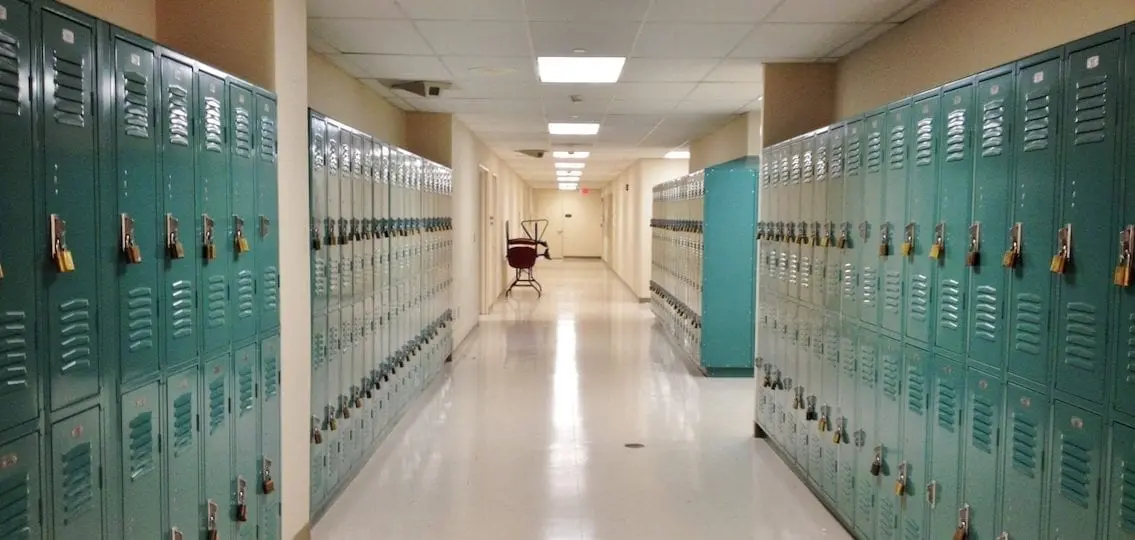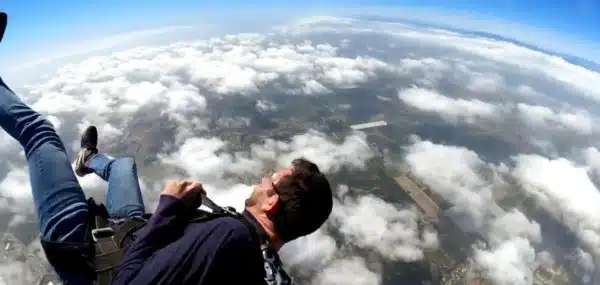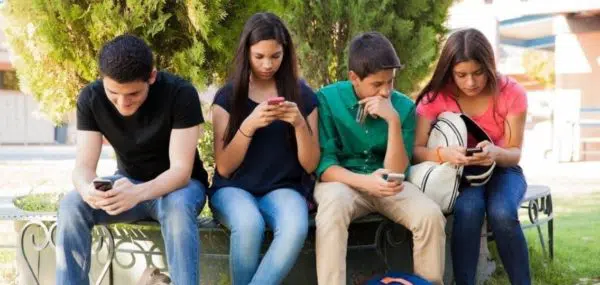“Barricade the door,” a man shouted.
The people in the room scattered in different directions and frantically began shoving desks and chairs in front of the entryway.
This might sound like a scene from the latest Tom Cruise action movie, but it wasn’t. Rather, it was an ALICE training at my teens’ high school. I participated in the two-hour hands-on active shooter simulation which I found both informative and scary.
What is the ALICE Training Program?
In response to the Columbine shootings, Officer Greg Crane wanted to create a program to help people survive school shootings. His efforts led to the ALICE training program. ALICE stands for Alert, Lockdown, Inform, Counter, and Evacuate.
Alert: Your first notification of danger.
Lockdown: Barricade the room. Prepare to EVACUATE or COUNTER if needed.
Inform: Communicate the violent intruder’s location and direction in real time.
Counter: Create Noise, Movement, Distance and Distraction with the intent of reducing the shooter’s ability to shoot accurately. Counter is NOT fighting back.
Evacuate: When safe to do so, remove yourself from the danger zone.
Safety Plans
The idea behind the program is to be counteractive rather than passive during an active shooter situation. Currently, most schools have a “lockdown-only” passive plan.
During the training, the police officer demonstrated the difference between a traditional lockdown and a pro-active plan. A traditional lockdown means turning off the lights and standing in the back of the classroom. When the police officer carried a nerf gun into the room pretending to be the active shooter, he easily hit other people with the foam pellets.
An ALICE lockdown entails barricading the door using desks, chairs or other furniture and also preventing the door from opening by using belts or similar items to tie around the door handle. When the pretend active shooter attempted to enter the room, he was unable to open the door.
Another aspect of the training uses distraction to prevent the shooter from hitting his intended target. By throwing books or making noises, ideally the shooter would be diverted and unable to aim his gun.
Preventing Tragedy
Currently, about one quarter of all institutions have had ALICE training. The ALICE program is controversial to some. Critics suggest the “counter” method of throwing items may be confusing for younger kids or students with special needs, possibly putting them at risk. Other criticism focuses on how the training is asking kids and teachers to act as police officers, yet they have only had a few hours of training. One parent who wrote an article for the Washington Post stated, “We are foisting so much responsibility on the shoulders of potential victims.”
School officials use the program to prevent tragedy by preparing and empowering teachers and students to deal with an active shooter. At this time, the schools that have received the training have not dealt with an active shooter, so it’s unclear whether ALICE is an effective method of intervention.
What Should Parents Do?
Discuss school shootings with your teenager. Ask them how they feel about lockdown drills or the ALICE training program. You can then reassure them that you and their school are trying to keep them safe. Let them know it is understandable to feel scared or upset.
Even though the training was only a simulation, I felt nervous that I might be hit by the shooter’s nerf pellets. As I waited, crouching down against the wall in an attempt to make myself invisible, I thought of Noah Pozner, a victim of the Sandy Hook shootings who bore a striking physical resemblance to my son. At the time of his death, they were the same age. They also shared a love for playing Super Mario Bros., and they both had a twin sister. Was Noah crouching against the wall like I was and waiting? How would my son and daughter react during this training or in a real situation?
I also couldn’t help but think it is sad that this training even exists and that my kids have to participate in it. Hopefully we can work towards some more concrete solutions to prevent school shootings so these types of trainings are no longer necessary.




